Fostering Experiential Learning in Classrooms
Everything Teachers need to know about Experiential Learning in the Classroom
4.58 (19 reviews)
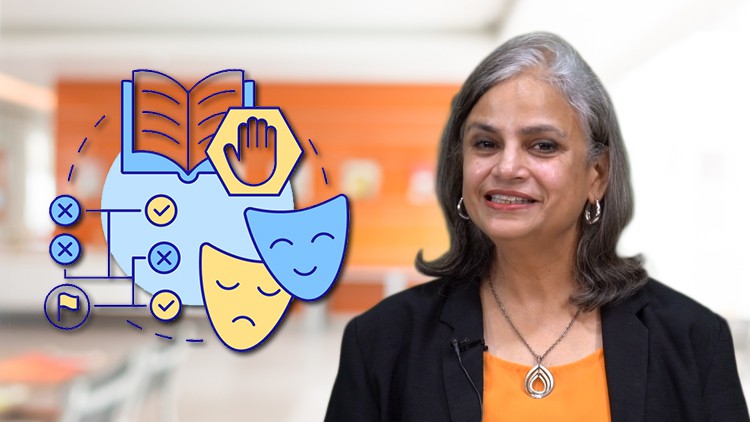
32
students
1 hour
content
May 2023
last update
$19.99
regular price
What you will learn
Learn what constitutes Experiential Learning
Deep dive into the process of Experiential Learning
Know how Experiential Learning fulfils the vision of NEP 2020
Analyse Experiential Learning cycle by David Kolb
Identify the stages of Experiential Learning
Learn to design mini Experiential Learning lessons for students
Apply Experiential Learning in the classroom effectively through the ERGA cycle
Know how to overcome the challenges while applying Experiential Learning
Learn and state the advantages of Experiential Learning
Screenshots
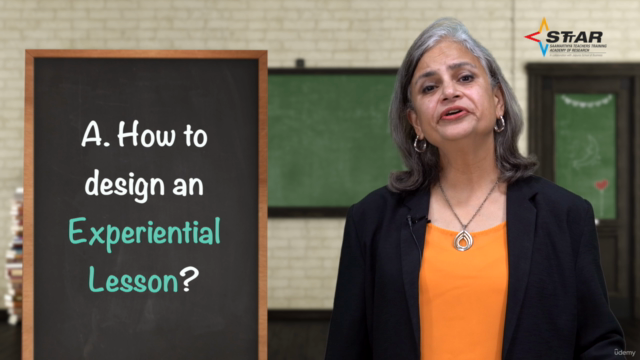
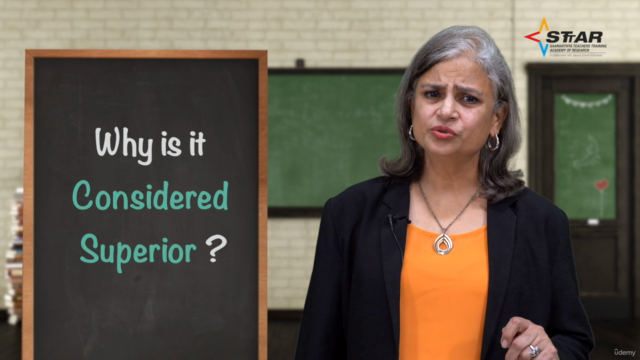
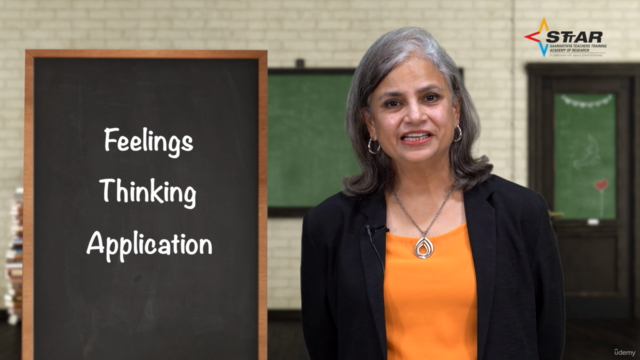
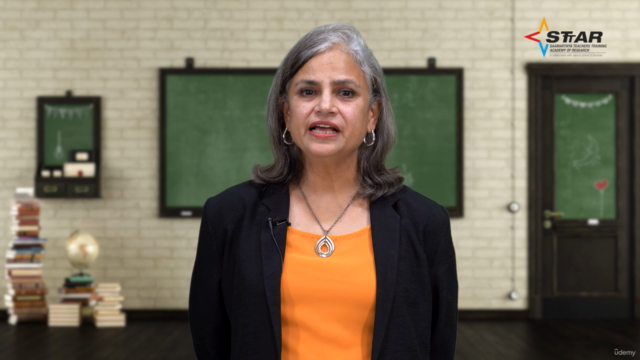
Related Topics
5309740
udemy ID
5/5/2023
course created date
5/9/2023
course indexed date
Bot
course submited by